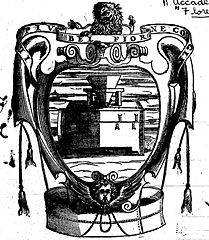We just learned about how on
Fat Tuesday many people would have large feasts right before the season of Lent.
The first day of lent is
Ash Wednesday.
For 40 days after this day, not including Sundays, people would not eat meat or even some types of fatty bread.
At church service for Ash Wednesday, some people would take old palm branches that had been saved from last year's celebration of Palm Sunday.
They would burn those palm branches and use the ashes.
Some churches sprinkle ashes above people's heads, and others would make a mark of a cross on their foreheads.
When the priest or pastor would put ashes on your head, they would say:
Remember that you are dust, and to dust you shall return.
or
Repent, and believe in the Gospel.

(from: wikipedia -
ash wednesday)
Kid Facts - Blast from the past: Jesus' Crucifixion - Here is your son






